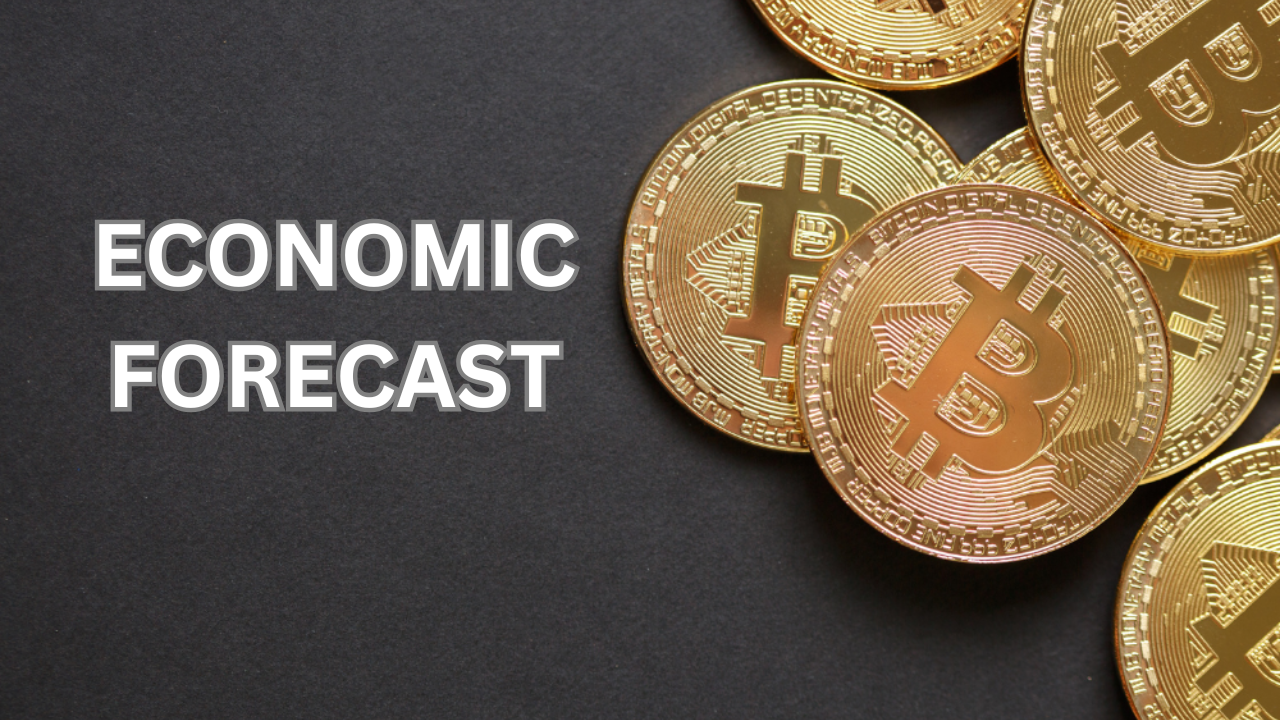Economic forecasts play a crucial role in guiding decision-making for governments, businesses, and individuals by providing insights into expected economic trends and potential challenges. These projections are based on a variety of indicators, including GDP growth, unemployment rates, inflation, and consumer confidence, which help analysts assess the overall health of the economy.
By examining historical data and current market conditions, forecasters aim to predict future economic performance, enabling stakeholders to make informed choices regarding investments, policy development, and resource allocation. As global events and technological advancements continuously shape economic landscapes, accurate forecasting.
Types of Economic Forecasts:
Economic forecasts can be categorized into several types, each serving distinct purposes and utilizing different methodologies. Qualitative forecasts rely on expert opinions and market insights, often employed in uncertain or rapidly changing environments where quantitative data may be limited. Quantitative forecasts, on the other hand, use statistical models and historical data to predict.
Another category is short-term forecasts, which typically cover a period of up to one year and focus on immediate economic indicators like consumer spending and production levels. Long-term forecasts extend over several years, providing a broader view of economic trends, such as demographic shifts and technological advancements, which can shape future growth.
Forecasting Methods:
Forecasting methods encompass a range of techniques used to predict future economic conditions based on historical data and current trends. Quantitative methods are particularly prominent and include statistical techniques like time series analysis, which examines data points collected over time to identify patterns and trends. Regression analysis is another quantitative approach that explores the relationship between variables to forecast outcomes.
Qualitative methods, such as expert judgment and market research, are useful when quantitative data is scarce or when assessing subjective factors that influence economic performance. Additionally, exponential smoothing methods weigh recent observations more heavily than older data, making them effective for short-term forecasting.
Causal models, which identify and analyze relationships between different economic indicators, can also enhance forecasting accuracy. In practice, combining various methods—known as ensemble forecasting—can lead to more robust predictions, as it leverages the strengths of each technique while mitigating individual weaknesses.
Key Economic Indicators:
Key economic indicators are essential metrics that provide insights into the overall health and performance of an economy. Gross Domestic Product (GDP) is perhaps the most widely recognized indicator, reflecting the total value of all goods and services produced within a country over a specific period, serving as a comprehensive measure of economic activity.
Unemployment rates offer another critical perspective, indicating the percentage of the labor force that is jobless and actively seeking employment, which can highlight economic resilience or distress. Inflation rates, measured by indices such as the Consumer Price Index (CPI), track the rate at which the general level of prices for goods and services rises, affecting purchasing power and cost of living.
Additionally, consumer confidence indexes gauge public sentiment regarding the economy and future financial conditions, influencing spending behavior. Other important indicators include interest rates, which can impact borrowing and investment, and balance of trade, reflecting the difference between a country’s exports and imports.
Global Economic Trends:
Global economic trends reflect the interconnectedness of economies around the world, influenced by factors such as trade dynamics, technological advancements, and geopolitical developments. One significant trend is the shift towards digitalization and automation.
Additionally, the rise of emerging markets, particularly in Asia and Africa, is reshaping global trade patterns and investment flows, as these regions experience rapid economic growth and increasing consumer demand. Climate change and sustainability have also become pivotal in shaping economic strategies.
Furthermore, the recent disruptions caused by the COVID-19 pandemic have highlighted the vulnerabilities of global supply chains, prompting businesses to reevaluate their sourcing and operational strategies. Overall, these trends underscore the need for adaptability and resilience in an increasingly.
Regional Economic Outlook:
The regional economic outlook provides a detailed analysis of economic conditions and trends within specific geographic areas, offering insights into growth prospects, challenges, and opportunities unique to each region. For instance, in North America, robust consumer spending and a tight labor market may support continued economic expansion, though inflationary pressures.
In contrast, Europe faces challenges such as energy supply disruptions and inflation, which may hinder growth, but the transition to renewable energy sources presents new investment opportunities. In Asia, strong growth in emerging economies, particularly in Southeast Asia, is driven by a burgeoning middle class and increased digitalization.
In Africa, significant potential lies in sectors such as agriculture and technology, though political instability and infrastructure deficits present hurdles to economic development. By analyzing these regional dynamics, stakeholders can better understand the localized factors influencing economic performance, allowing for more informed investment and policy decisions tailored to specific contexts.
Industry-Specific Forecasts:
Industry-specific forecasts focus on the economic trends and performance metrics relevant to particular sectors, providing valuable insights for businesses and investors. These forecasts consider a range of factors, including market demand, technological advancements, regulatory changes, and competitive dynamics that directly affect the industry.
For example, the technology sector may see forecasts highlighting trends in artificial intelligence, cybersecurity, and cloud computing, projecting growth opportunities as businesses increasingly adopt digital solutions. In the healthcare industry, forecasts may emphasize the impact of an aging population.
Forecasting Tools and Resources:
Forecasting tools and resources are essential for analysts and decision-makers to create accurate predictions and informed strategies. A variety of software applications and platforms, such as Microsoft Excel, Tableau, and R, provide robust data analysis and visualization capabilities, allowing users to manipulate datasets, conduct statistical analyses, and present findings effectively.
Specialized forecasting software like SAP Analytics Cloud and IBM Planning Analytics offer advanced modeling techniques and scenario planning features tailored to specific industries and business needs. Additionally, access to economic databases, such as the World Bank, International Monetary Fund (IMF), and OECD Economic Outlook, provides valuable historical data and macroeconomic indicators that are crucial for informed forecasting.
Online resources, including economic journals and industry reports, can also offer insights into current trends and expert opinions. Furthermore, machine learning and artificial intelligence are increasingly being integrated into forecasting processes, enabling more sophisticated analyses that can adapt to changing data patterns.



